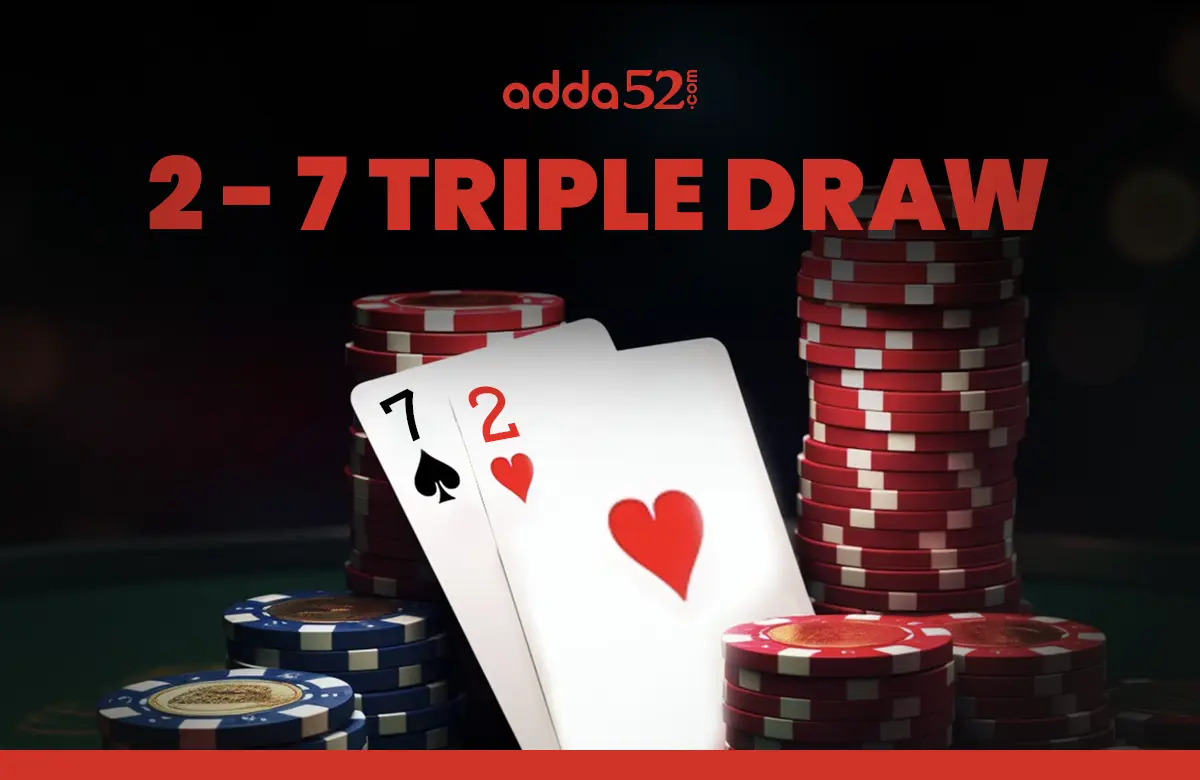Lastly, managing bankroll and understanding odds are crucial. Since the game involves multiple drawing rounds, players must calculate the probability of improving their hands versus risking chips on unlikely draws. Mastery of these mathematical concepts complements tactical thinking and enhances overall performance https://188betvip.info/.
Key Betting Strategies and Psychological Play 2-7 triple draw Poker
Betting in 2-7 triple draw Poker is not just about chips — it involves reading opponents, controlling the pot, and conveying false signals. Effective betting strategies can manipulate opponents’ perceptions, forcing mistakes or inducing folds at critical moments. The game’s structure offers ample opportunities for psychological warfare, especially given the limited information available about others’ hands.
One fundamental tactic is semi-bluffing, where a player bets or raises with a weak hand in hopes of inducing folds or creating a pot-sized advantage if caught. Conversely, slow-playing strong but vulnerable hands can entice opponents to commit chips when they might otherwise fold. Balancing these approaches depends heavily on position, previous betting patterns, and perceived opponent tendencies.
Bluffing must be done judiciously due to the nature of 2-7 triple draw Poker — the goal is to deceive opponents into believing you have a better or worse hand than you do, based on betting behaviors. For example, aggressive betting with a weak hand might make others cautious, while passive play with a strong hand might encourage unnecessary risk from opponents.
Moreover, players need to be aware of the concept of “range” — the spectrum of possible hands an opponent might hold based on their actions. By estimating ranges accurately, a player can decide when to apply pressure, fold, or call, thereby maximizing expected value over the long run.
Finally, emotional control remains vital. Tilt, or emotional frustration, can lead to poor decision-making, especially after losing significant pots or facing aggressive opponents. Maintaining composure allows for more rational play and consistent application of successful strategies.
Advanced Techniques and Reading Opponents
Mastering 2-7 triple draw Poker requires developing advanced techniques beyond basic strategies. These include studying opponent tendencies, exploiting patterns, and employing deception to gain advantages. Recognizing subtle cues, such as betting sizes, timing, and physical tells, can provide invaluable insights into opponents’ hands and intentions.
Reading opponents begins with observing their betting sequences across multiple rounds and attempts to draw or stand pat. For instance, a player consistently folding after aggressive bets might be playing a narrow range of strong hands, whereas unpredictable betting could indicate a wide range of potential holdings. Identifying these traits helps in making better calling or raising decisions.
Another key technique lies in “blocker” and “reverse” tactics. A blocker is a card that reduces the probability of opponents holding certain hands — for example, holding a low card that makes it less likely an opponent has a particular hand, thereby influencing your betting choice. Reverse tactics involve intentionally disguising the strength of your hand by varying your betting patterns to mislead opponents about your actual holdings.
Deception plays a prominent role in 2-7 triple draw Poker. Skilled players often employ mixed strategies to keep opponents guessing, such as bluffing with weak hands or slow-playing strong ones. Combining these tactics with solid mathematical knowledge about odds and outs maximizes the chance of success.



